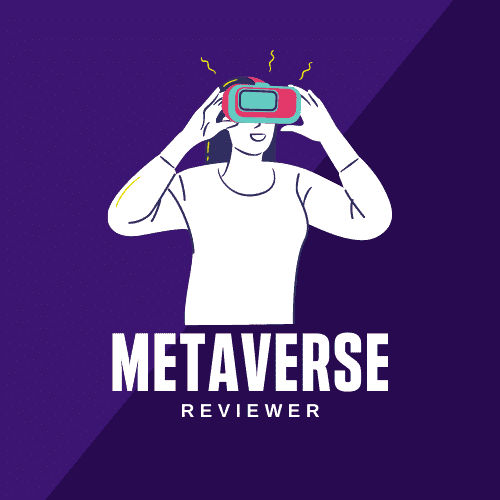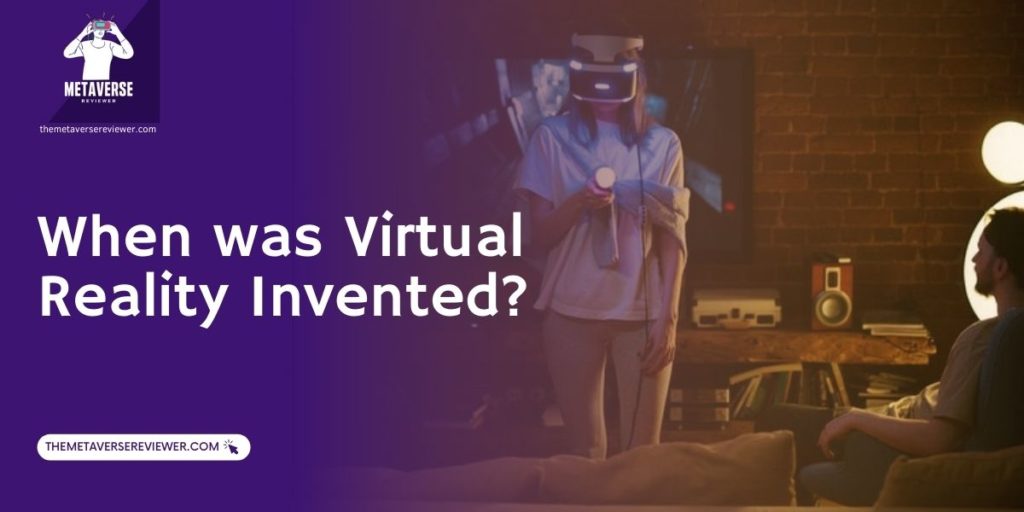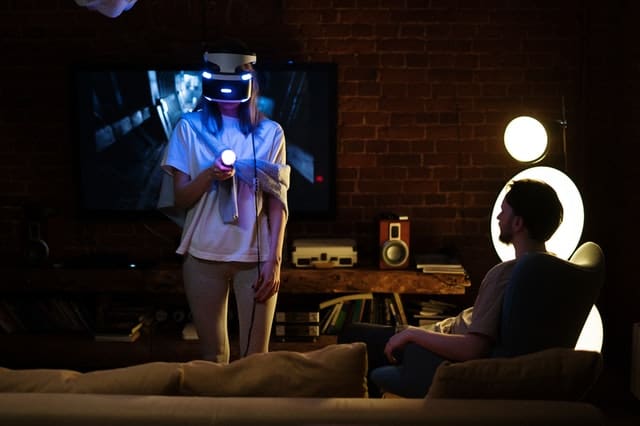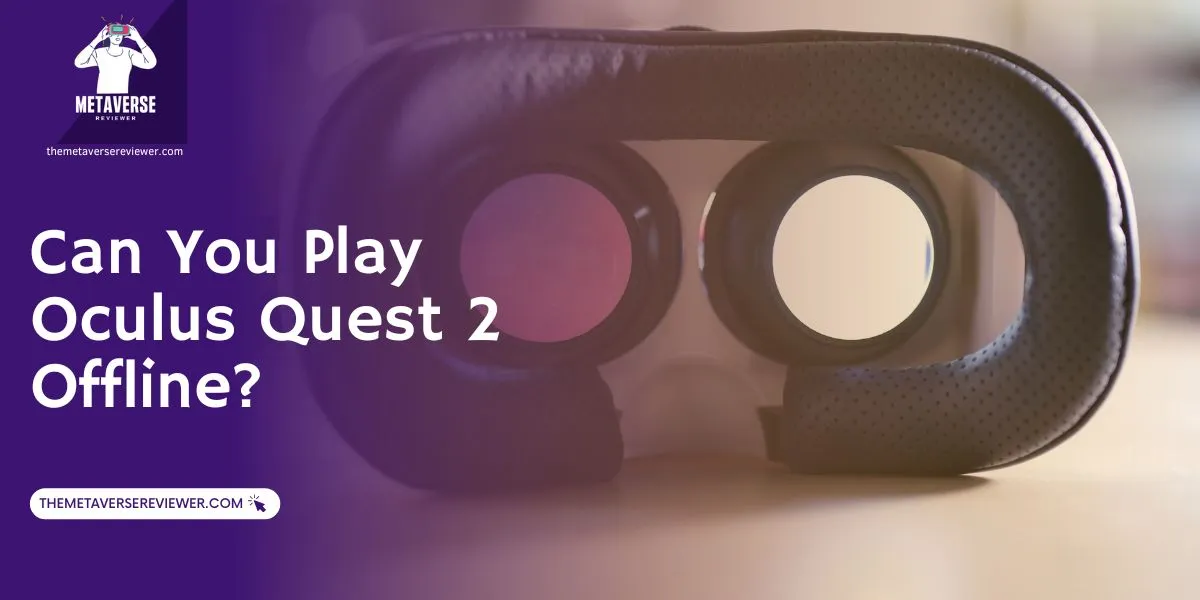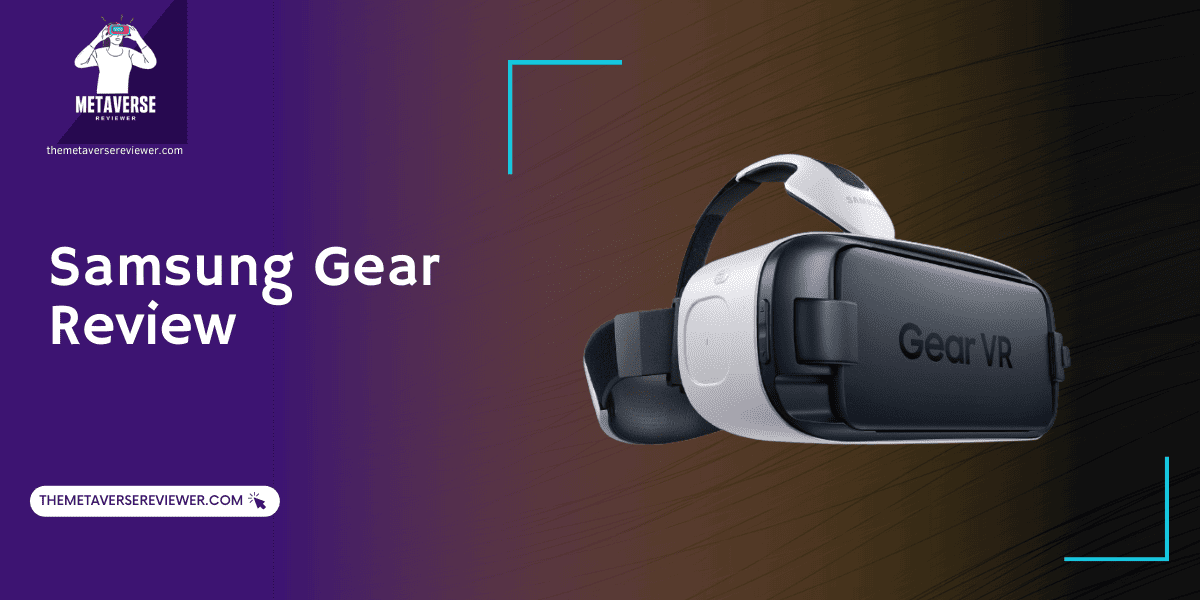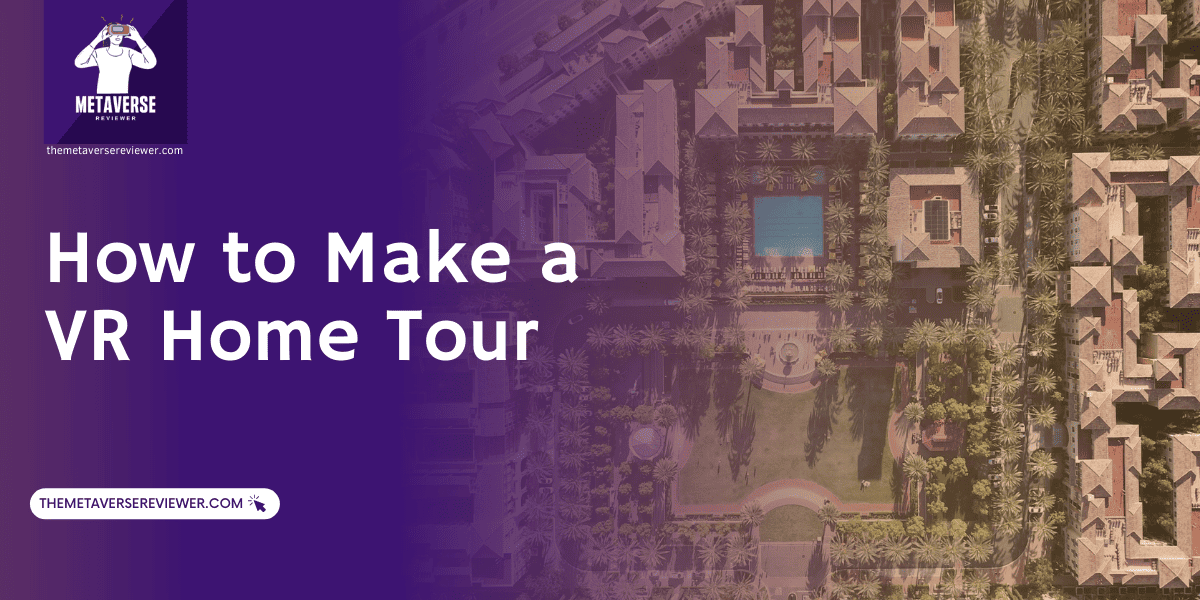When someone brings up the subject of virtual reality, the mental image most people automatically draw resembles a scene from the “Matrix” cinematic universe.
Defined as a three-dimensional immersion in an artificial environment through the usage of cyber technology, virtual reality (VR) is the pinnacle of progress in the computer science field.
Rather than having you merely look at a screen, VR technology lets you explore a computer-generated world through all your senses – sight, hearing, touch – even smell and taste.
While virtual reality is widely considered a sign of modern times, this concept has actually been around for a longer time than many of us suppose.
So, let’s dip into the timeline of VR’s beginnings and development.
The Earliest Attempts
Our thirst for an immersive experience of the unknown has always been deeply ingrained in human nature. It was as early as the 18th century when artists delivered the earliest forerunner of virtual reality, particularly virtual tourism – in the form of panoramic paintings.
According to contemporary critics, panoramas depict landscapes, cities, or historical events in a perfectly vivid way that provides an experience comparable to physical presence.
In 1838, an English scientist and inventor – Sir Charles Wheatstone – published a description of his stereoscope, an invention he came up with after observing the human brain’s ability to process the two-dimensional images from both eyes into one three-dimensional piece.
The stereoscope design was further enhanced by David Brewster, who launched the lenticular stereoscope in 1849. 90 years later, William Gruber created a 3D slide viewer called The View-Master.
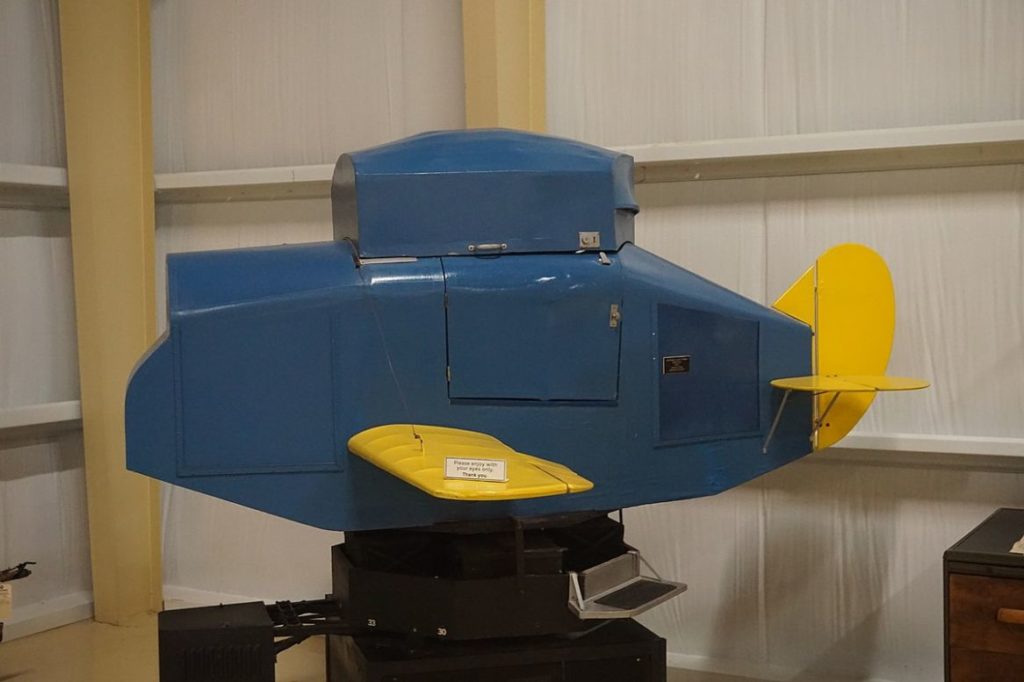
Another important step towards the development of virtual reality in the first half of the 20th century is Link Trainer, a series of electromechanical flight simulators for safe pilot training produced by Edwin Albert Link.
Science Fiction Dream Come True
Great literary minds were always good at acknowledging current social affairs and foretelling future phenomena. Such was the case of the American sci-fi writer Stanley G. Weinbaum and his story “Pygmalion’s Spectacles”, where he created the first fictional depiction of what was to become the concept of virtual reality.
The story mentions a pair of goggles that allow any user to explore an imaginary world through holograms as well as the power of touch, smell, and taste.
Weinbaum remains remembered as a real visionary since the invention of the first VR multimedia device in 1962.
Morton Heilig, on the other hand, was a Hollywood cinematographer and director.
He created Sensorama during the mid-1950s with the idea of introducing a revolutionary approach to cinema. Sensorama included a vibrating chair, a stereoscopic 3D display, stereo speakers, fans, and smell generators – all bearing the purpose of providing a fully immersive experience for the everyday cinema-goer.
Despite its failure due to financial issues, Sensorama paved the way for the ever-growing progress of virtual reality together with another significant Heilig patent – the Telesphere mask. Patented in 1960 and providing a wide, stereoscopic 3D vision with stereo sound, this was the first design of a head-mounted display.
Apart from the aim of entertainment in the film industry, VR was primarily developed to alleviate dangerous situations in the military and air force, too. For that purpose, in 1961 Philco Corporation engineers Comeau and Bryan invented Headsight, the first motion-tracking HMD; while a military engineer, Thomas Furness, established modern flight simulator technology in 1966.
The American computer scientist Ivan Sutherland is another remarkable name among VR pioneers.
Namely, in 1965, he introduced Ultimate Display, a concept focused on maximizing realism through HMD, special hardware that sustains the virtual environment in real-time, alongside augmented 3D sounds and tactile feedback. Three years later, Sutherland and his student Bob Sproull designed the first VR/AR HMD attached to a camera, the so-called Sword of Damocles.
Modern Virtual Reality – An Ongoing Story of Progress
Although VR pioneers had already achieved significant evolution for decades, it wasn’t until 1987 when Jaron Lanier came up with the term “virtual reality” that would incorporate all aforementioned inventions. His company was one of the first on the virtual reality gear market, selling a range of items such as VR goggles and gloves.
Soon after, VR technology penetrated the world of physics and astronomy, as NASA started employing simulation in training astronauts as a part of The Virtual Interface Environment Workstation (Project VIEW) in 1989. In 1991, Project VIEW was joined by a VR Mars rover.
During this era, 90s kids also witnessed the gaming industry flourish, all thanks to virtual reality – with Virtuality Group Arcade Machines and Nintendo Virtual Boy as its pioneers.
VR In The 21st Century
The popularization after 1999’s Wachowski blockbuster franchise “The Matrix” was just the start of virtual reality’s golden era. Google Street View, PlayStation VR, and the Oculus Half Dome prototype are just some of the numerous projects involving virtual reality carried out by tech giants during the last two decades.
From entertainment and recreation to education, architecture, and healthcare, VR technology is an inevitable factor that transforms a growing number of modern industries – and it has surely entered the tech world with a bang!
- Gemini vs. GPT4 – Which One to Use? - December 17, 2023
- Can You Play Oculus Quest 2 Offline Without Wifi - November 10, 2023
- VR Sickness – What You Need to Know - September 17, 2023
